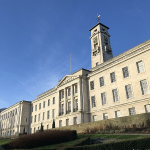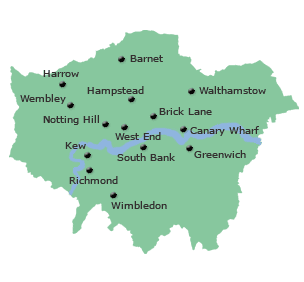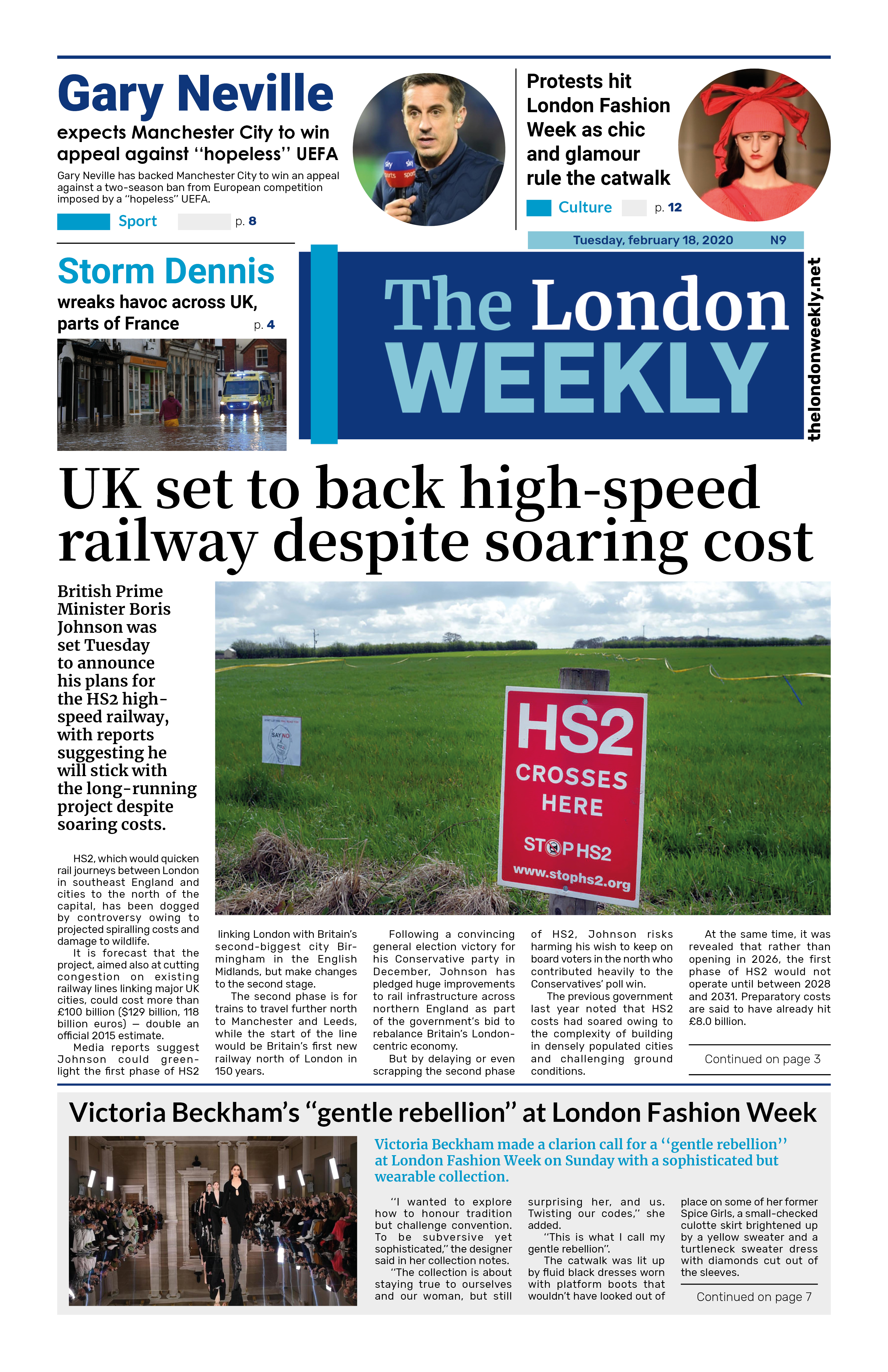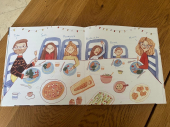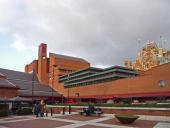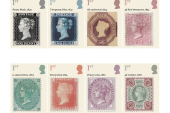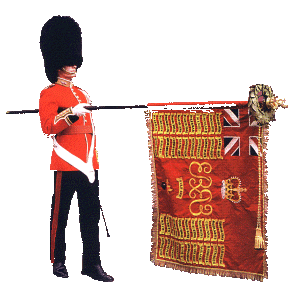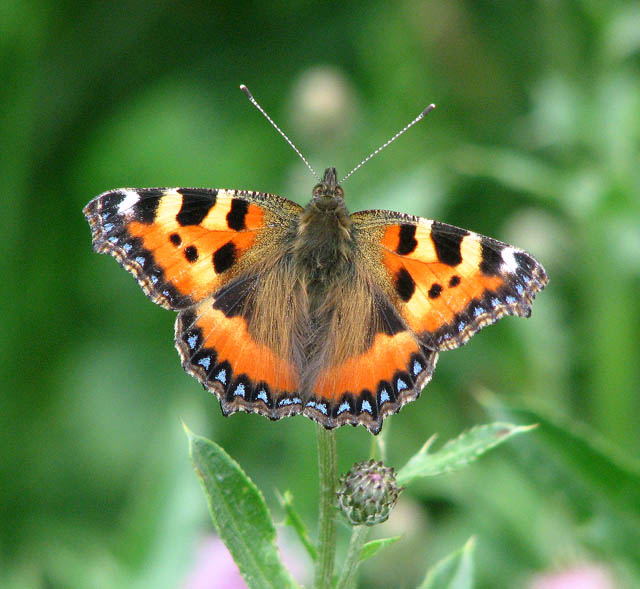
More than half of butterfly species in the UK are experiencing long-term population declines, according to conservation charity Butterfly Conservation.
Newly released figures show that 2024 was one of the worst years on record for butterflies, with 31 out of 59 species in decline. Alarmingly, nine species had their poorest year since records began, including well-known favourites like the Small Tortoiseshell, Chalkhill Blue, and Small Copper.
Even common species typically found in gardens and parks, such as the Common Blue, Gatekeeper, and Large White, suffered badly—2024 was their second-worst year on record.
Monitoring a crisis
These findings come from the UK Butterfly Monitoring Scheme (UKBMS), which has tracked butterfly numbers since 1976 across more than 3,000 locations. The project is led by Butterfly Conservation in partnership with the UK Centre for Ecology and Hydrology (UKCEH), British Trust for Ornithology (BTO), and the Joint Nature Conservation Committee (JNCC).
Last year ranked as the fifth-worst for butterfly numbers overall. While fluctuations year to year are normal, the wet spring and cool summer of 2024 made things worse for already struggling populations.
Dr Richard Fox, Head of Science at Butterfly Conservation, expressed deep concern: "I am devastated by the decline of our beloved British butterflies, and I'm sorry to say it has been brought about by human actions: we have destroyed wildlife habitats, polluted the environment, used pesticides on an industrial scale and we are changing the climate.
"That means that when we have poor weather, these already-depleted butterfly populations are highly vulnerable and can't bounce back like they once did - and with climate change, that unusual weather is becoming more and more usual."
Only six species showed any signs of recovery in 2024, while the majority saw further declines.
Once-familiar faces now rare
The Small Tortoiseshell, once a common sight across the UK, has seen numbers drop by a staggering 86% since 1976. After hitting a record low in 2023, its numbers fell even further last year. As a species found in gardens and countryside alike, its decline is particularly troubling.
Other widespread species—like the Green-veined White, Small Skipper, Large Skipper, and Small Copper—also hit record lows. The Green-veined White, among the UK’s most common butterflies, is now in significant long-term decline.
Specialist species struggling too
Even more habitat-sensitive butterflies like the Grizzled Skipper, Small Pearl-bordered Fritillary, and Chalkhill Blue also had their worst year on record. These species are already classified as threatened on the UK Red List and depend on very specific environments to survive—habitats that have been steadily disappearing for decades.
Dr Marc Botham, Butterfly Ecologist at the UKCEH, said: "These deeply concerning results from the UKBMS emphasise just how important it is to monitor and record our wildlife so we can target conservation efforts and protect our beloved species. Butterflies in particular are valuable not just in their own right but also as indicator species, meaning they can tell us about the health of the wider environment, which makes the UKBMS data invaluable in assessing the health of our countryside and natural world in general."
Call to action: help from home
Following the worst-ever results from last year’s Big Butterfly Count, Butterfly Conservation declared a UK-wide Butterfly Emergency.
Dr Fox emphasized that people across the country were asking the same question last summer: Where have all the butterflies gone—and what can we do to help?
His answer is simple: create more habitat.
Letting grass grow wild, especially from April to September, can significantly boost butterfly numbers. This low-effort change helps provide food and shelter not just for butterflies, but also for moths and other pollinators.
Butterfly Conservation is urging individuals and local councils to adopt this approach and give nature a helping hand.
To learn more about how to support pollinators, visit: butterfly-conservation.org
Photo by Evelyn Simak, Wikimedia commons.
















